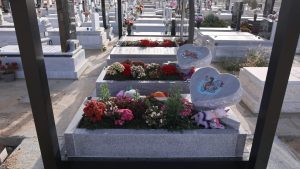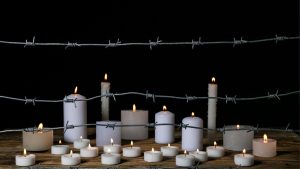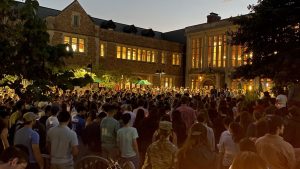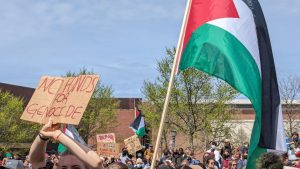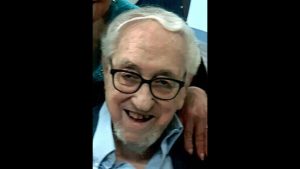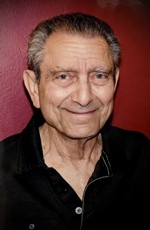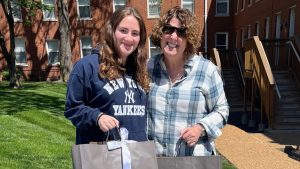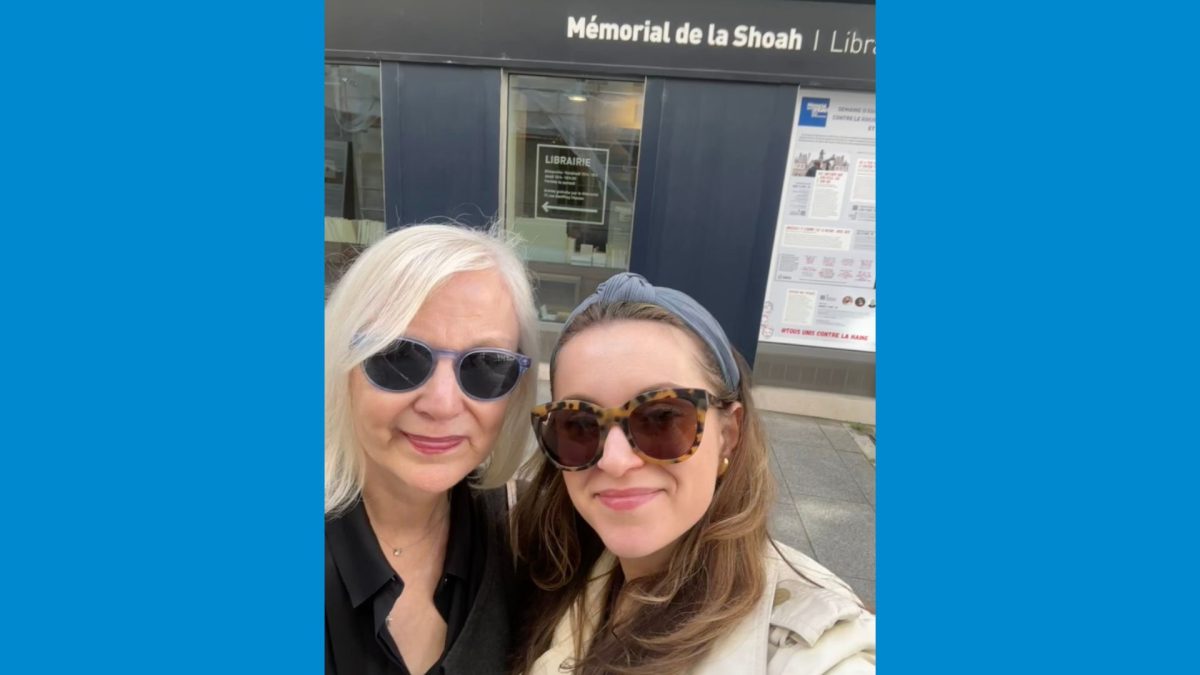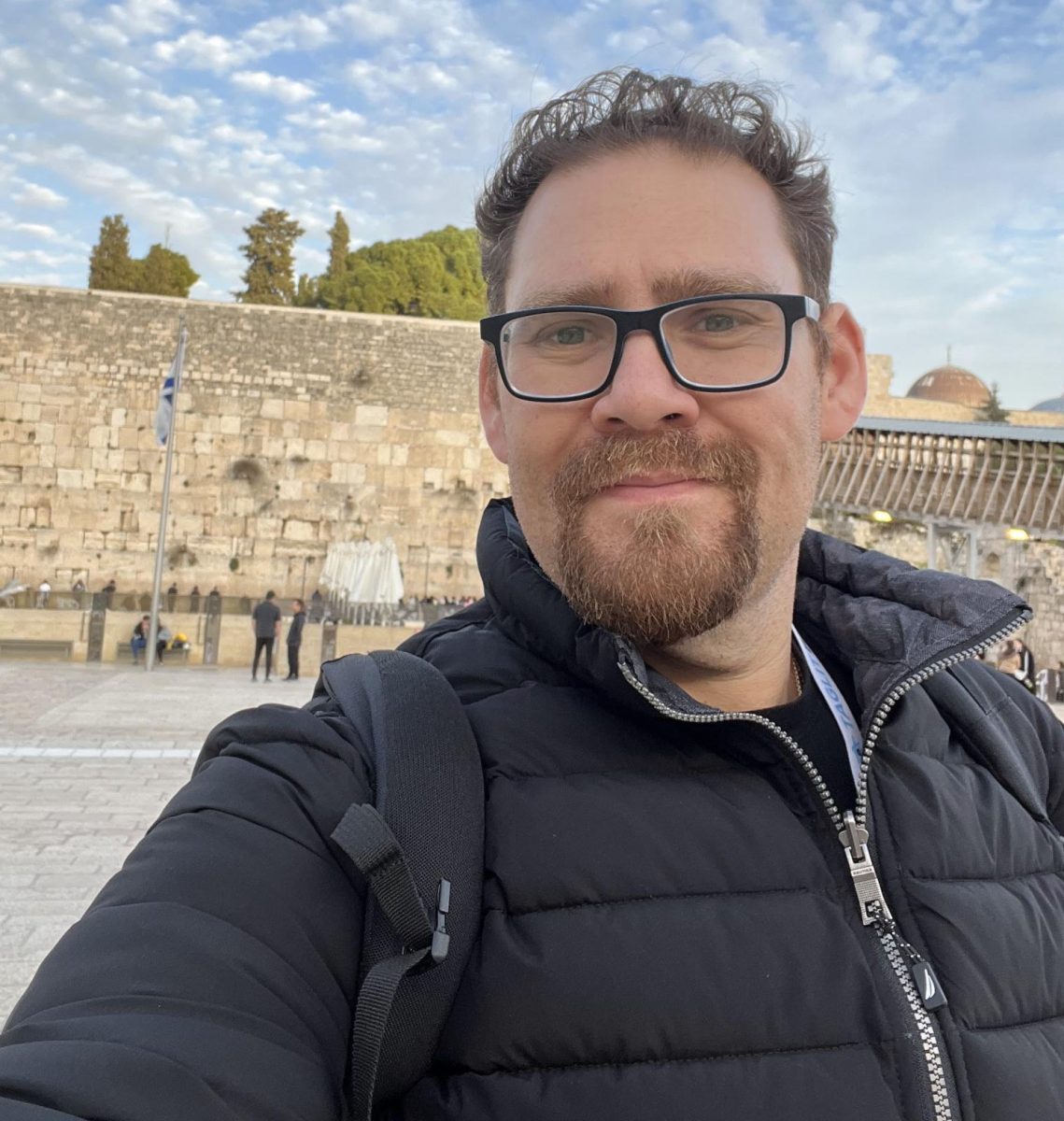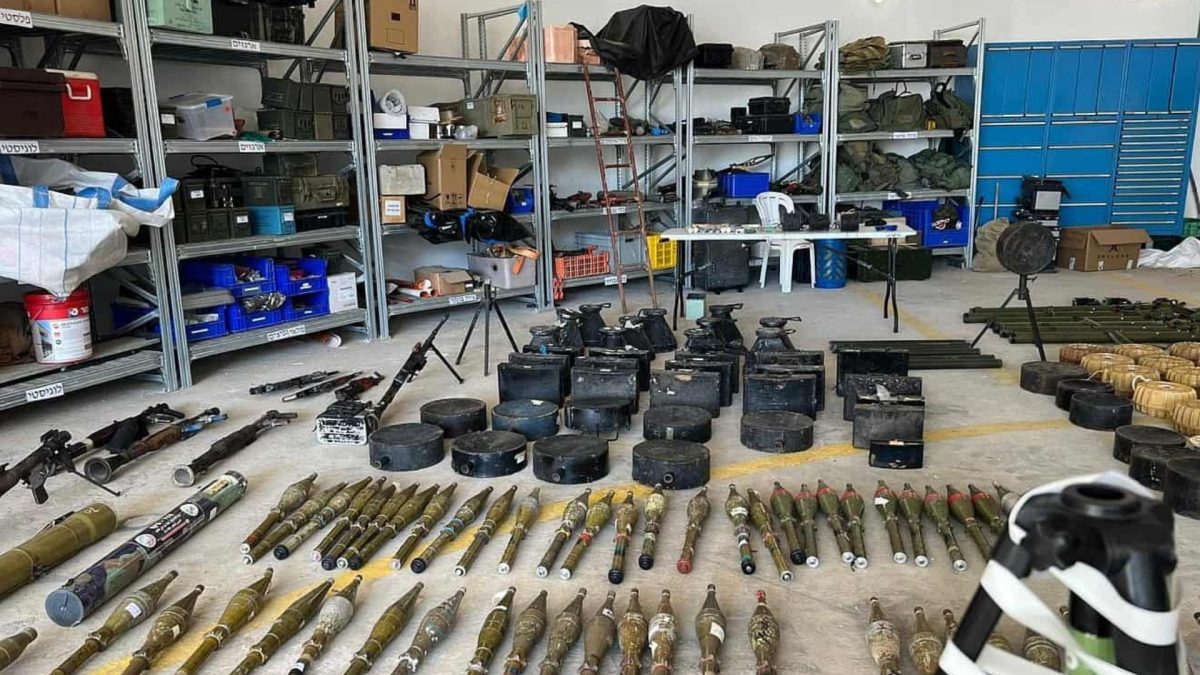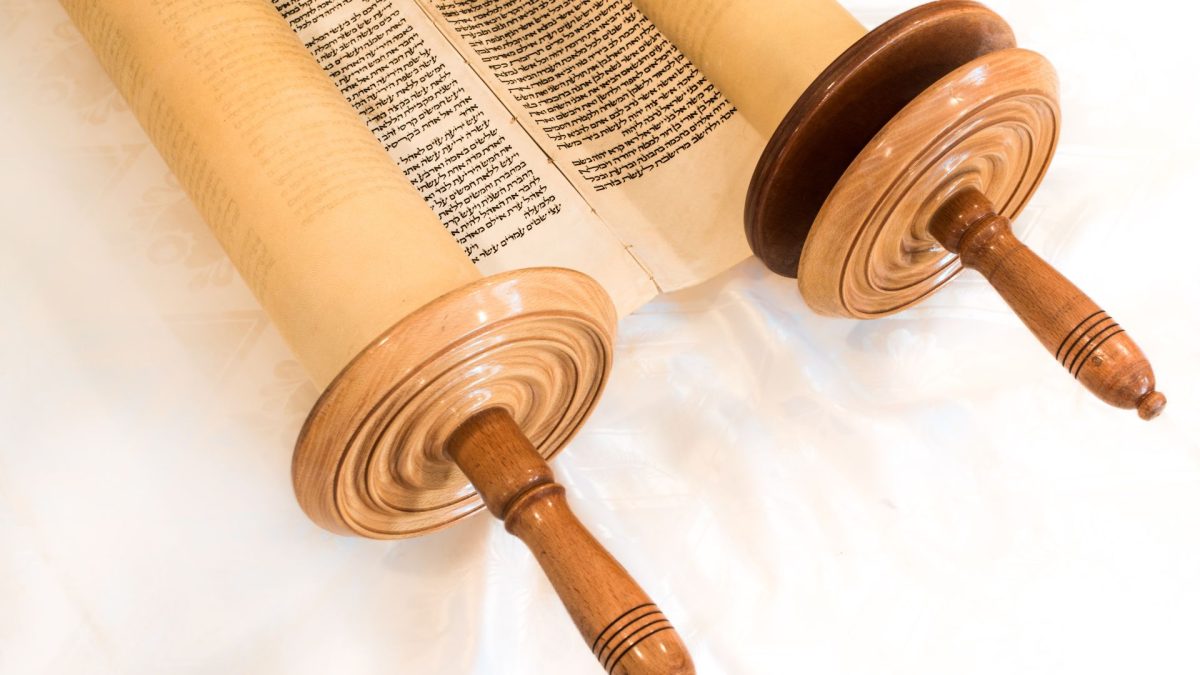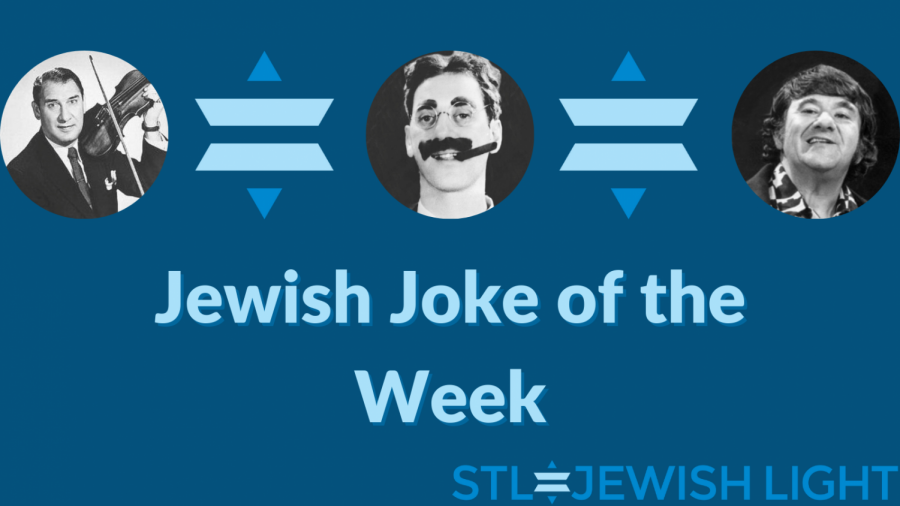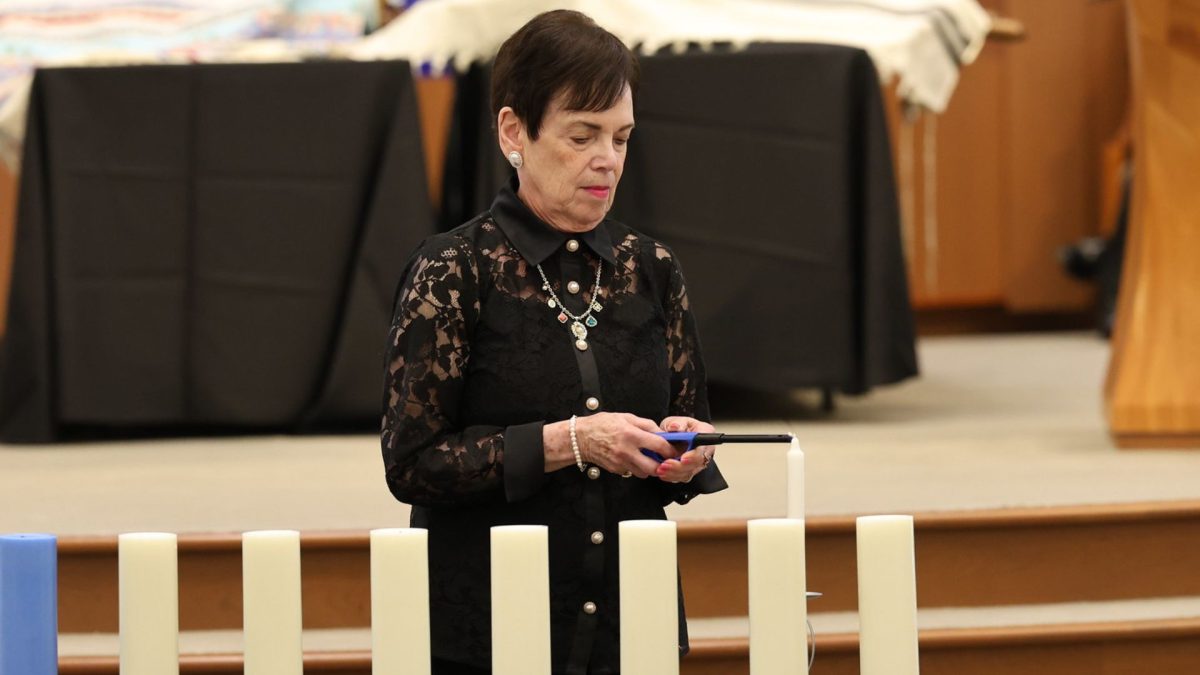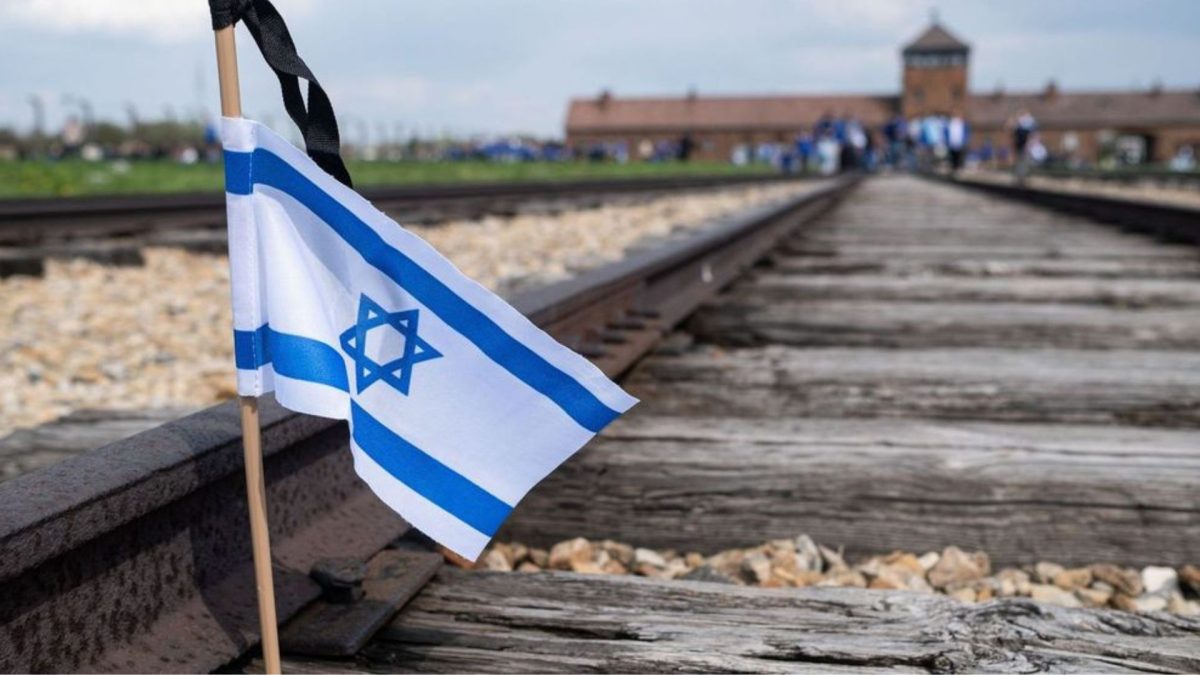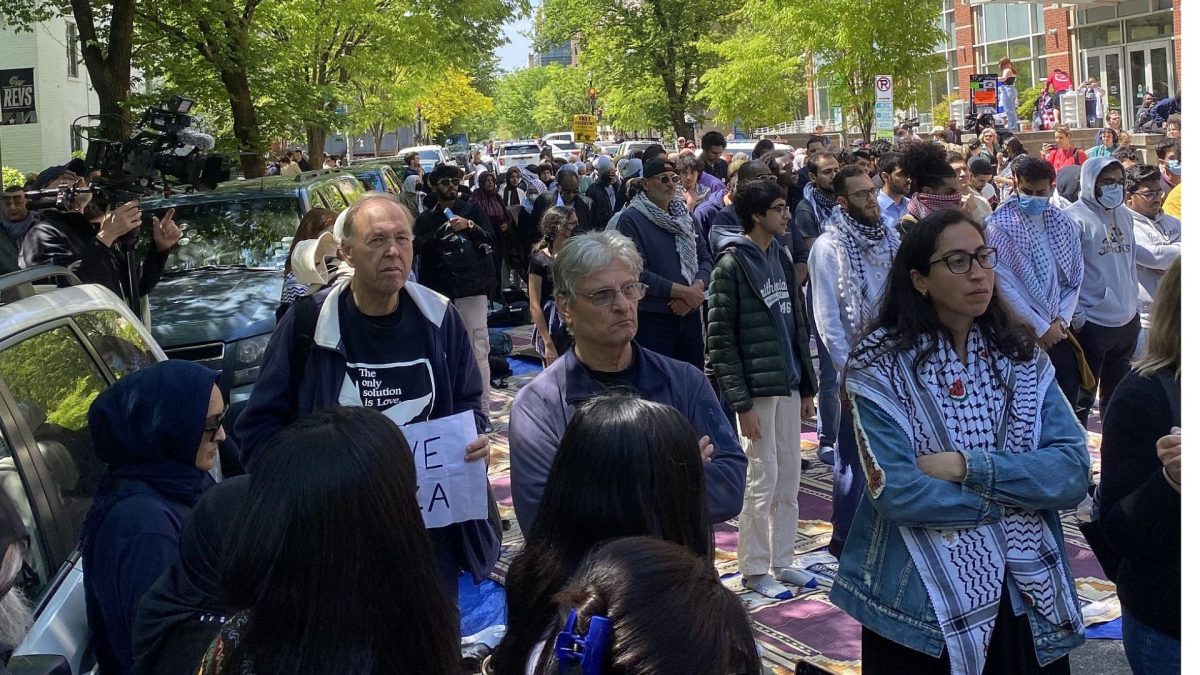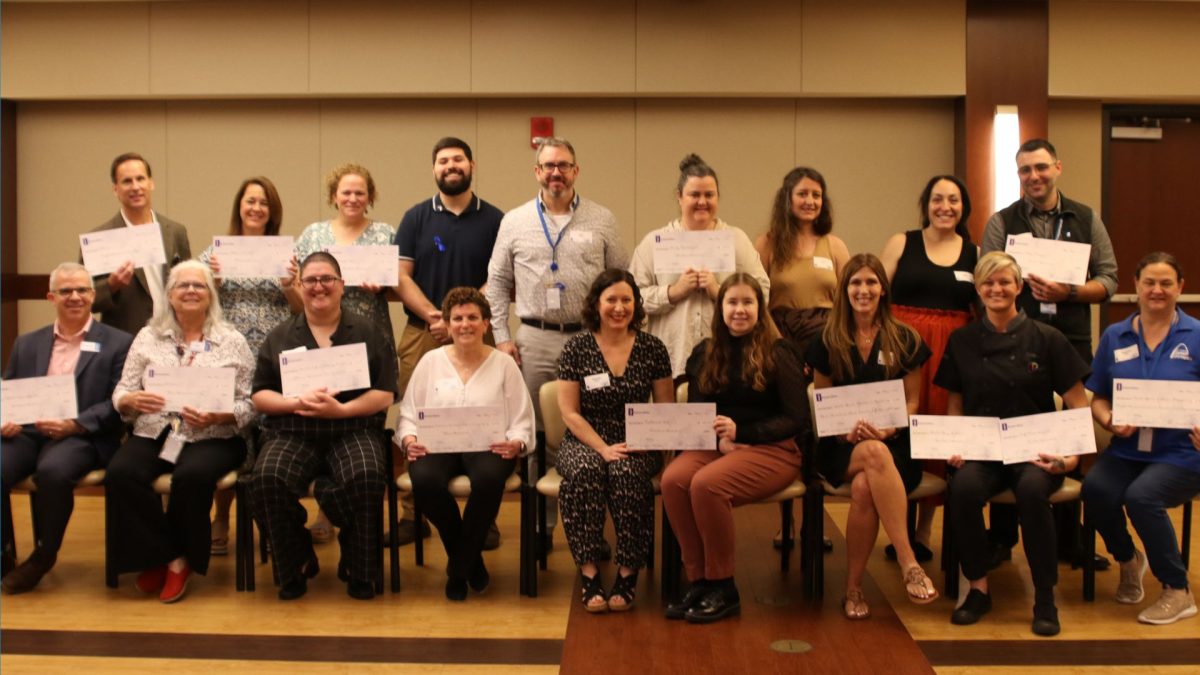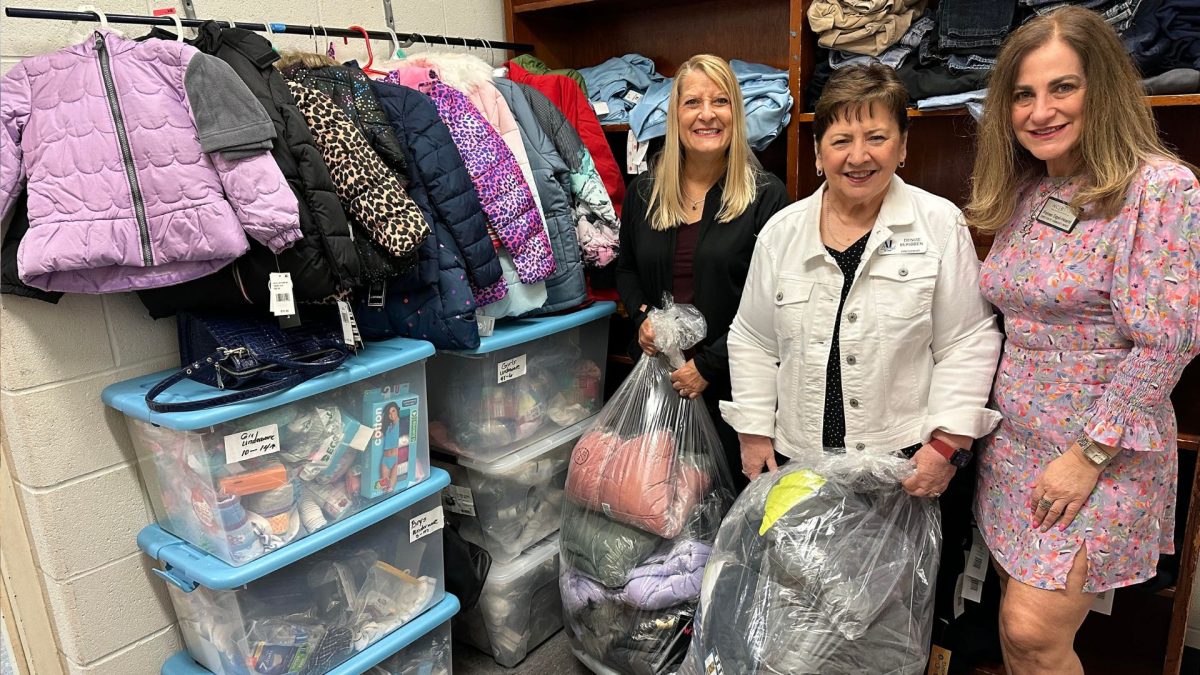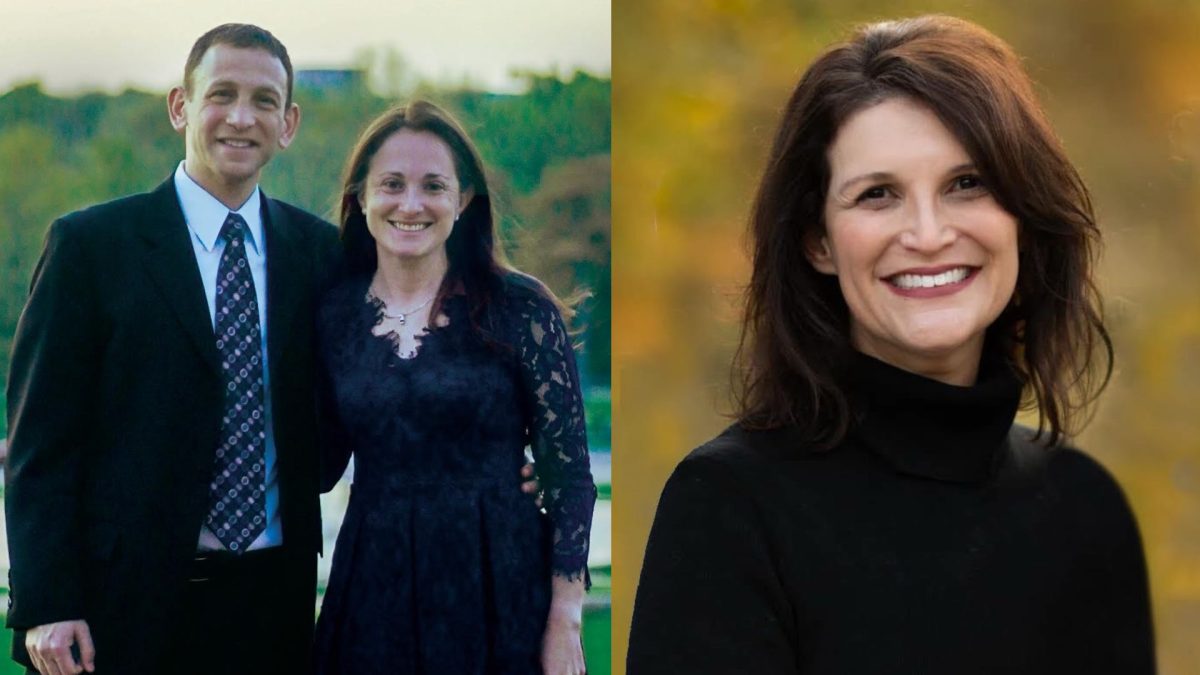Among all the other reasons one goes to Paris on holiday, I had one primary mission during my long-planned bucket-list trip there last month with my daughter.
I was compelled to visit the Wall of Names at the Shoah Memorial, in the old Jewish quarter of Marais, to say a prayer in person for 11-year-old Rosi, murdered at Auschwitz in 1944.
Rosi was the niece of Oma Sophie, my daughter’s great-grandmother and namesake. By sheer luck, Oma Sophie and her four children fled Nazi Germany and made it safely to St. Louis in 1938. One of her nine sisters survived World War II by being hidden underground by a spouse; the rest made it to France, where it was believed to be a safe haven for Jews during Hitler’s rule.
It was not to be. Eight of Oma Sophie’s sisters and their families perished.
Young Rosi, along with her sister Ilse and parents, became casualties after the Nazis invaded France in 1940. All we knew is that they were taken, died at a concentration camp and Rosi’s name somehow made it on the Paris Holocaust museum’s Wall of Names.
After the last year’s Israeli massacre, all I could think of was the torture and fear little Rosi endured at the hands of the Nazis. A terror unimaginable to most of us now but hauntingly revisited this past Oct. 7th. How could a child be brutally taken and murdered, just because she was Jewish? How could hate against Jews be that horrendous?
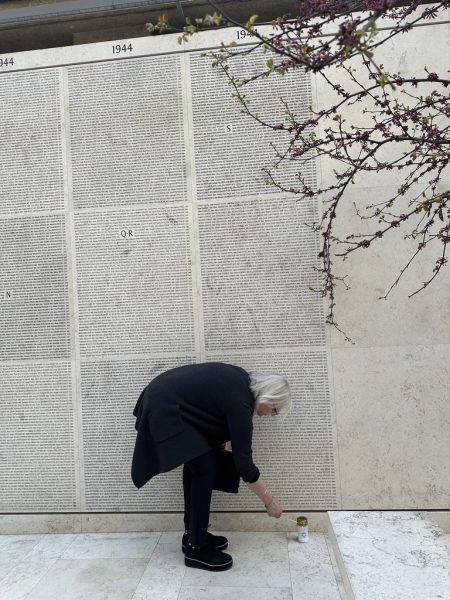 My daughter and I entered the museum and were immediately directed to a computer terminal to look up our family. We didn’t plan to stay long and were anxious to just find Rosi’s name. An attendant immediately helped us navigate the language barrier and asked if we wanted to know more about Rosi’s family. She pulled up each of their names and said we could find out more on the fourth floor.
My daughter and I entered the museum and were immediately directed to a computer terminal to look up our family. We didn’t plan to stay long and were anxious to just find Rosi’s name. An attendant immediately helped us navigate the language barrier and asked if we wanted to know more about Rosi’s family. She pulled up each of their names and said we could find out more on the fourth floor.
Without hesitation, my daughter looked at me and insisted we go up.
Upstairs, the archivist began pulling up document after document and translating the French and German for us. Through meticulous records kept of French Jews by the Nazis, Rosi’s story came alive. We were given a photograph of a little girl, with a huge smile and a cocky bow in her hair. We couldn’t help but get teary-eyed.
The most heart wrenching story though was of her 18-year- old sister, Ilse. Deemed able-bodied with a skill as a couturier, Ilse was taken from her family and sent to another camp to work. We were given copies of her arrest records with her Nazi identification number and a pre-war photo of a smartly dressed young confident woman. On Feb. 3, 1944, Ilse was deported alone to Darcy, France, an internment camp outside Paris and then to Bergen-Belsen concentration camp.
She died in June 1945, not long after the camp had been liberated by the British. All because she was a Jew.
We were overwhelmed by the number of records on file. Our eyes welled up again, learning that Rosi was remembered by more than just us, just 20 years ago by her father’s cousin and a former French classmate, both seeking any information they could find about her.
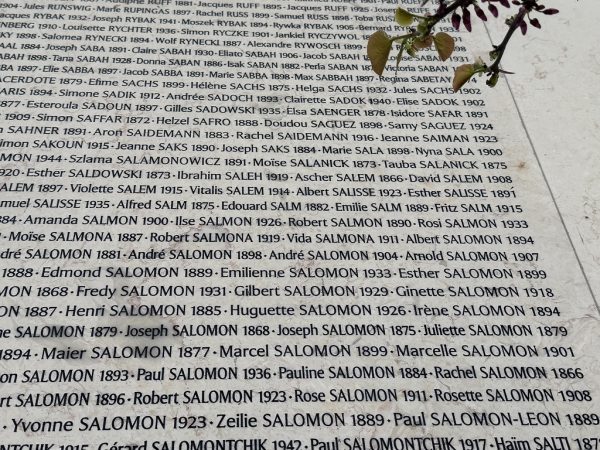
How is it that the world has learned nothing since 1945? How could it be that in 2023, 1,200 Israelis were brutally tortured and murdered, just because they were Jews? How could antisemitism be exploding at unheard of rates, especially in the United States, these past six months? How could “death to the Jews” signs be displayed on the streets of Clayton 80 years after the Holocaust, just days after Oct. 7th?
As we stared at the photographs of cousins who should have been a vital part of our close-knit family, we were struck by the dedication of the museum’s young archivists — helping connect missing pieces of families, all taken and killed just because they were Jews. I thought of my baby grandson back home and how could we ever explain these horrors of his family.
With a fat packet to take with us, we were given a tall memorial candle with matches and directed outside. We traced Rosi and Ilse’s names with our fingers, as well as their parents, on the huge Wall of Names, said a prayer and watched the candle flicker for a minute at the base of the wall.
Then we wiped the tears from our cheeks, composed ourselves and headed back out to the cobblestone streets, seeking much needed sunshine.



